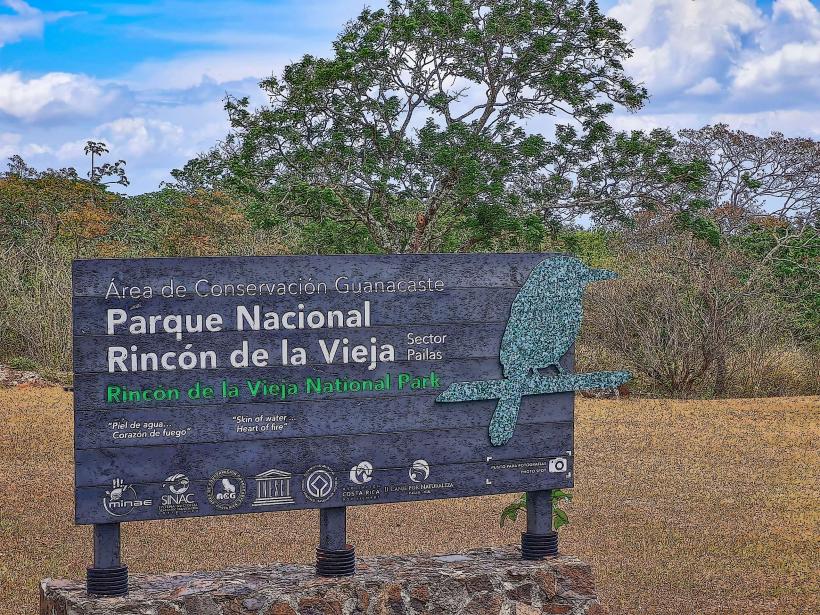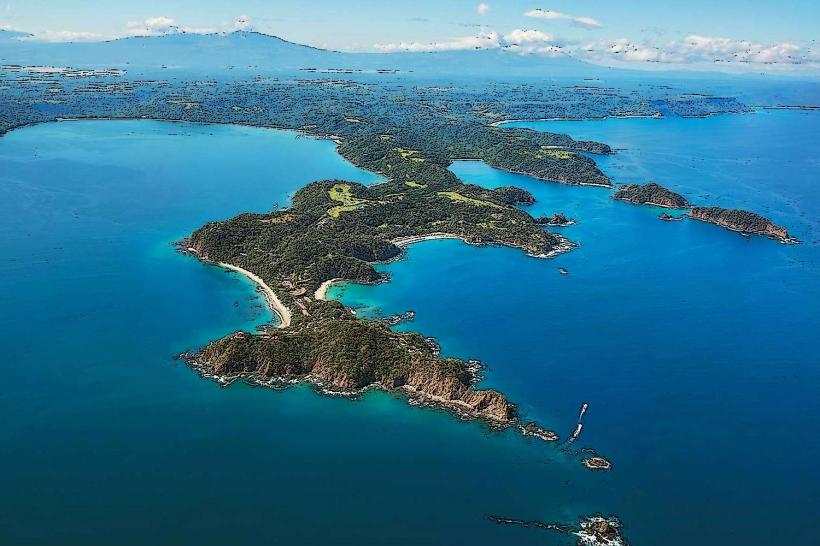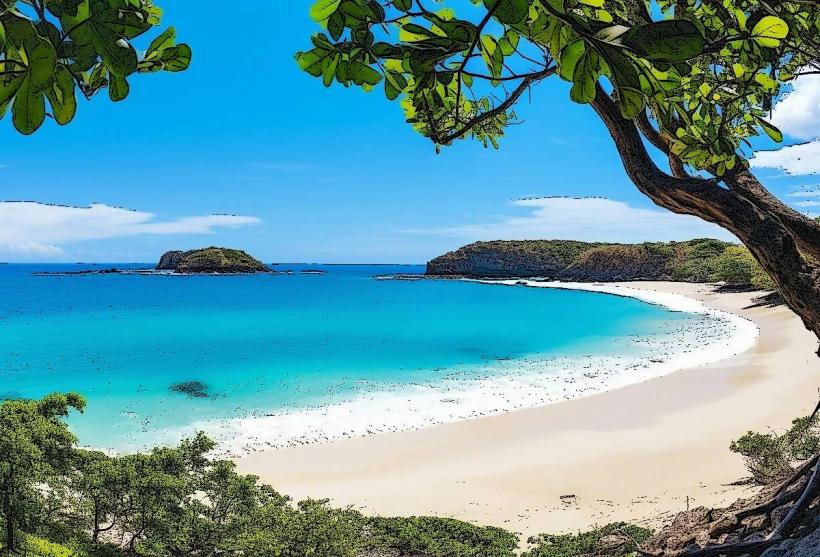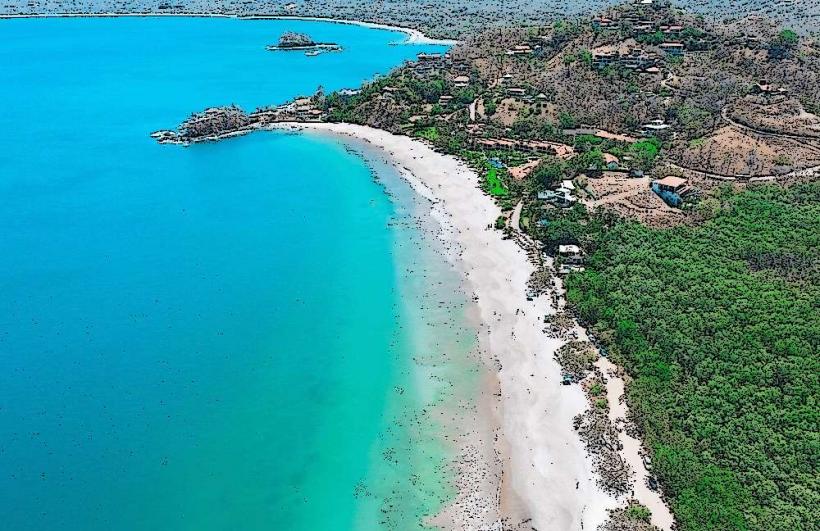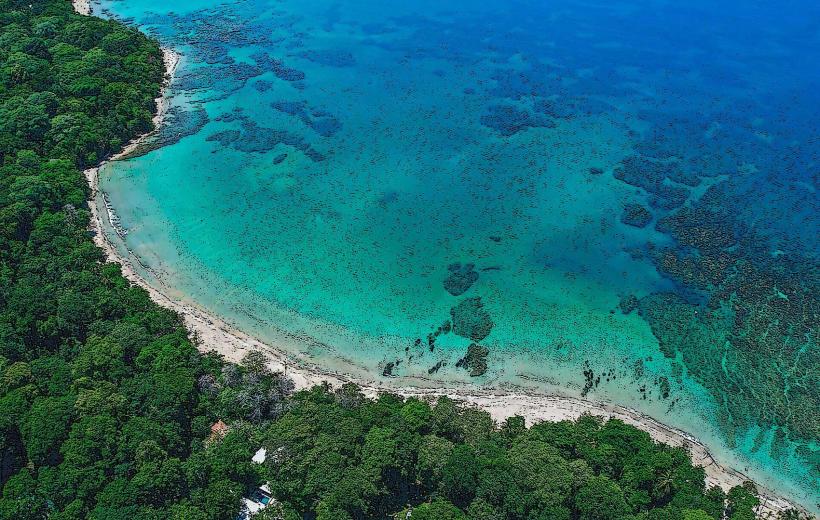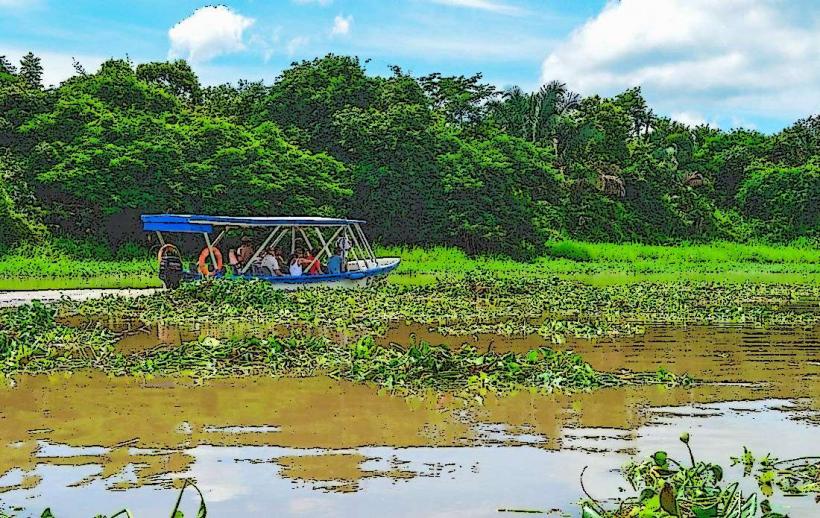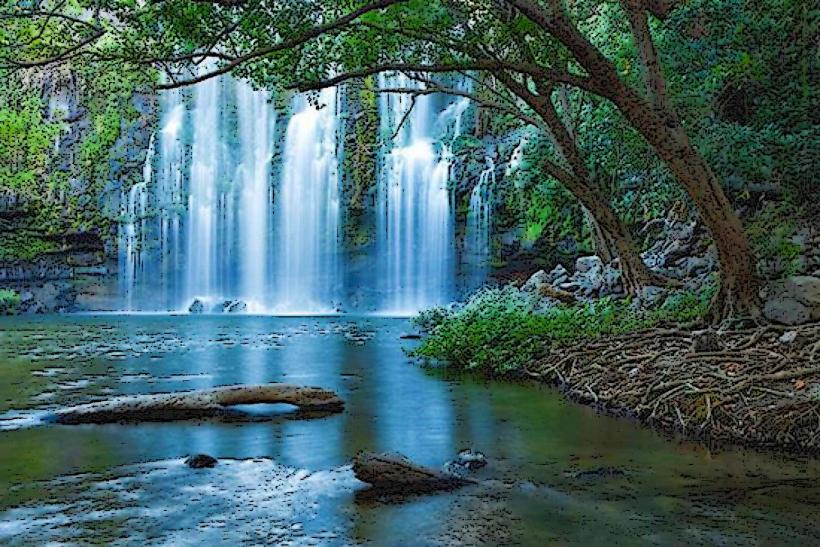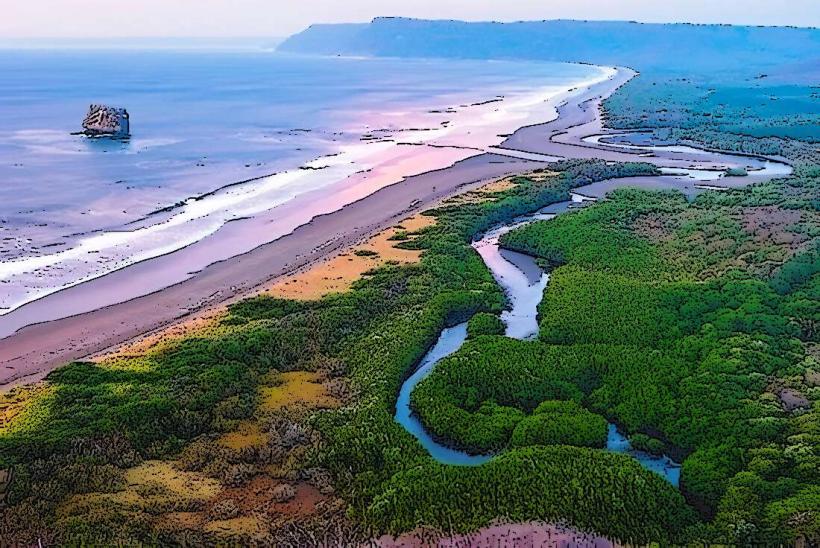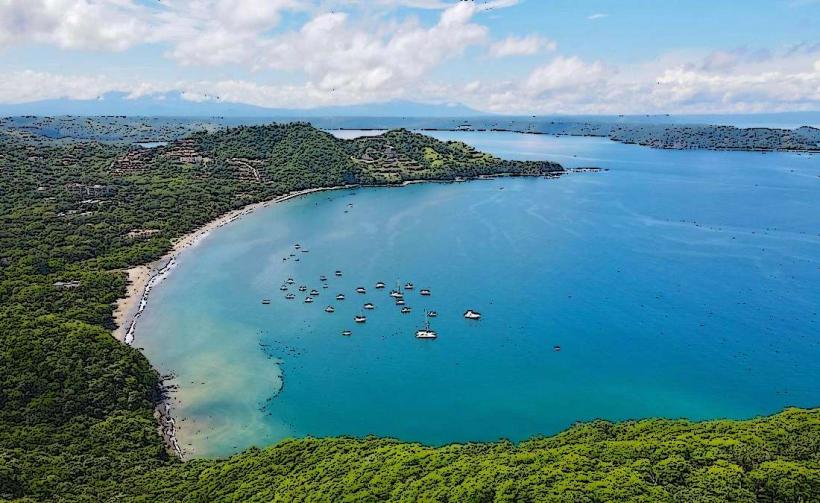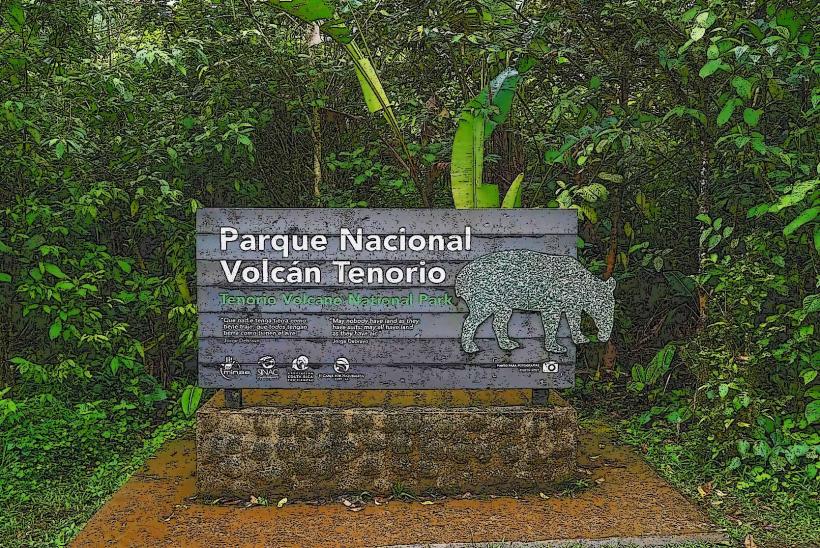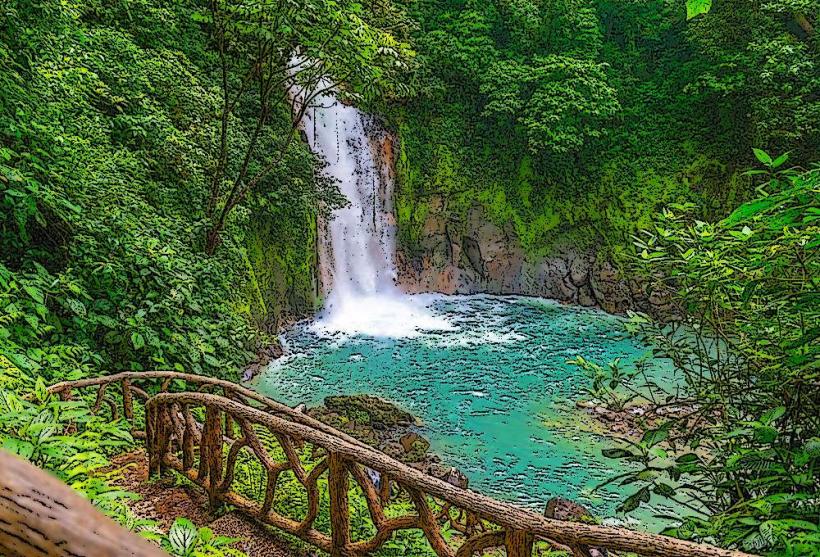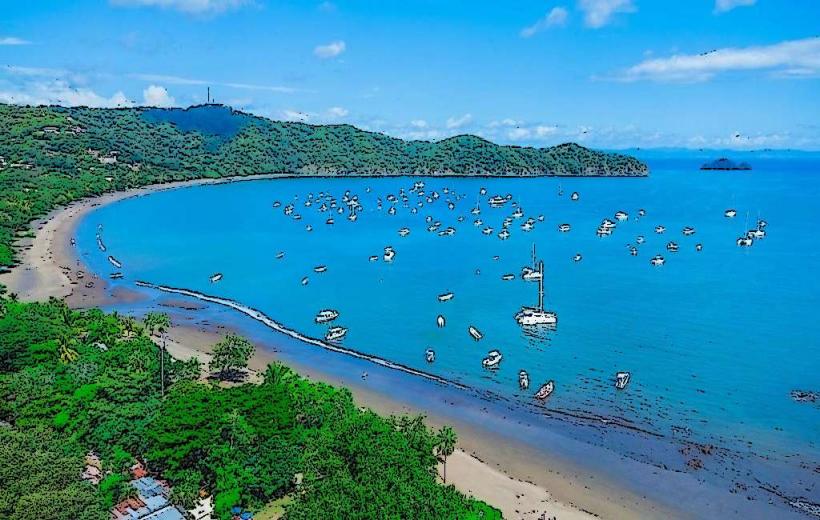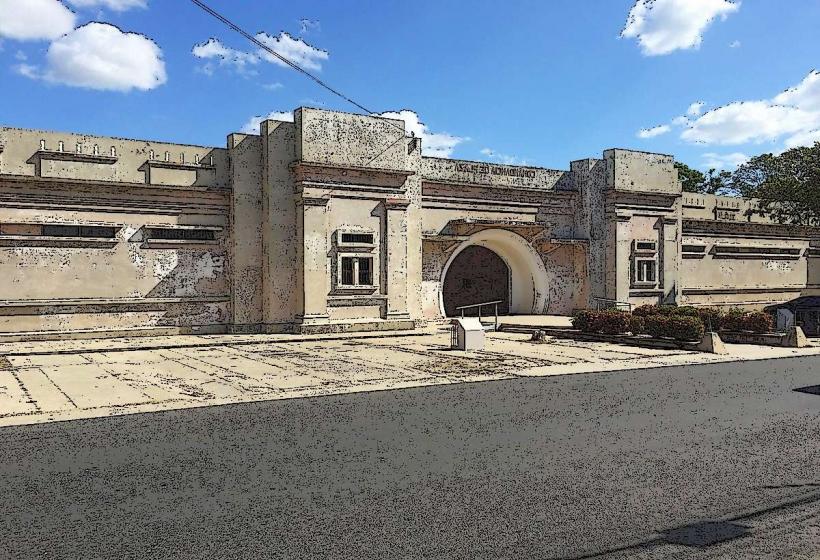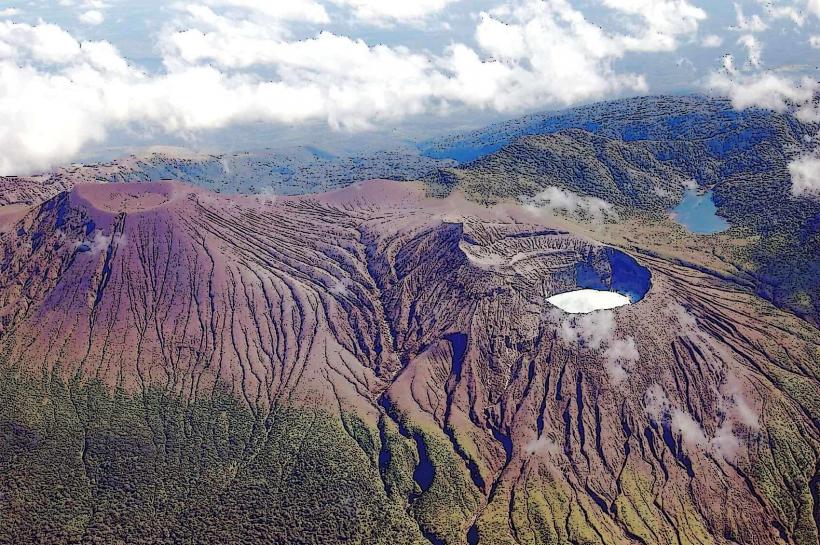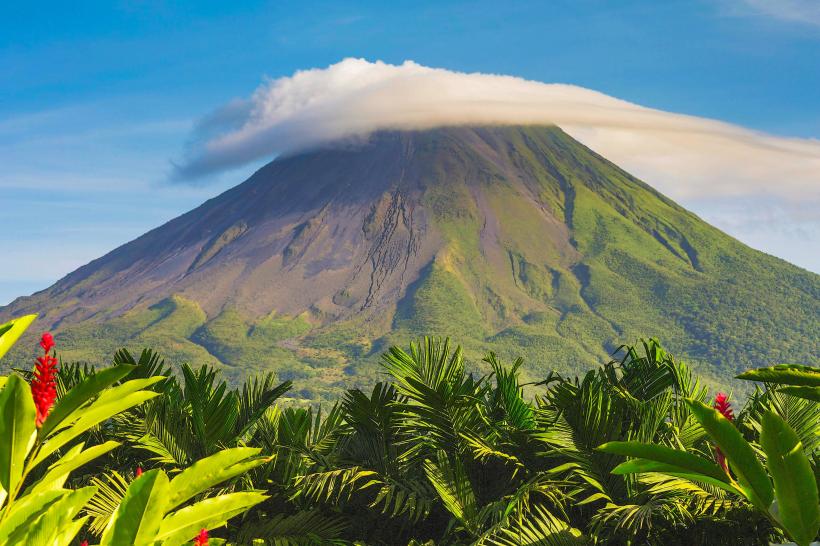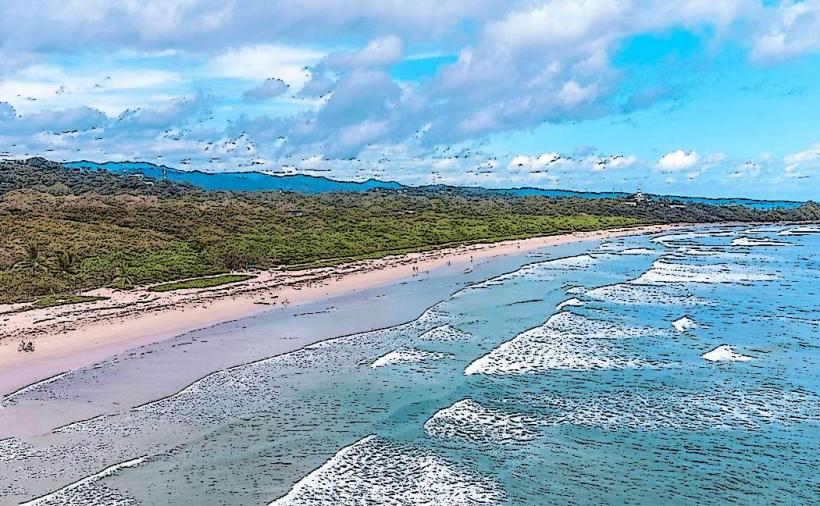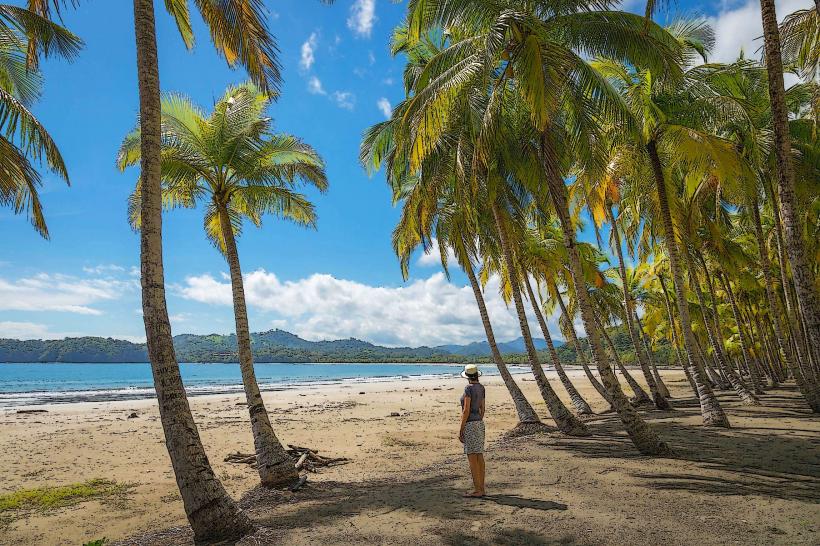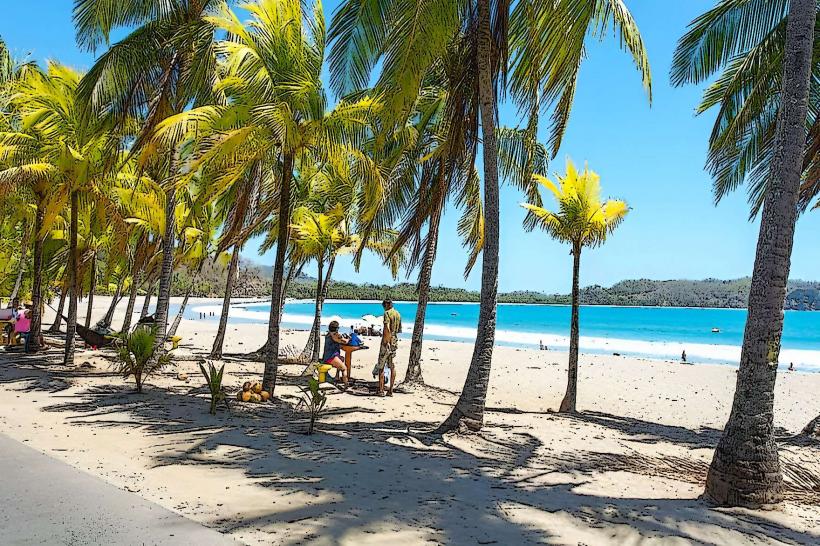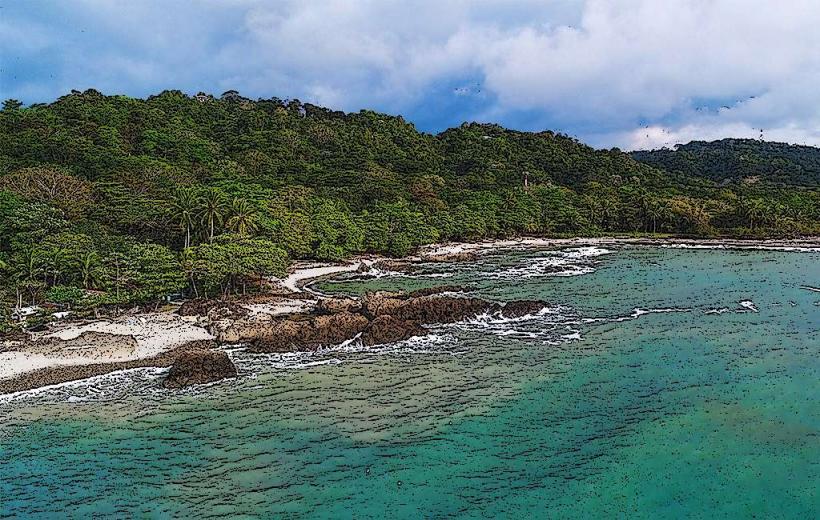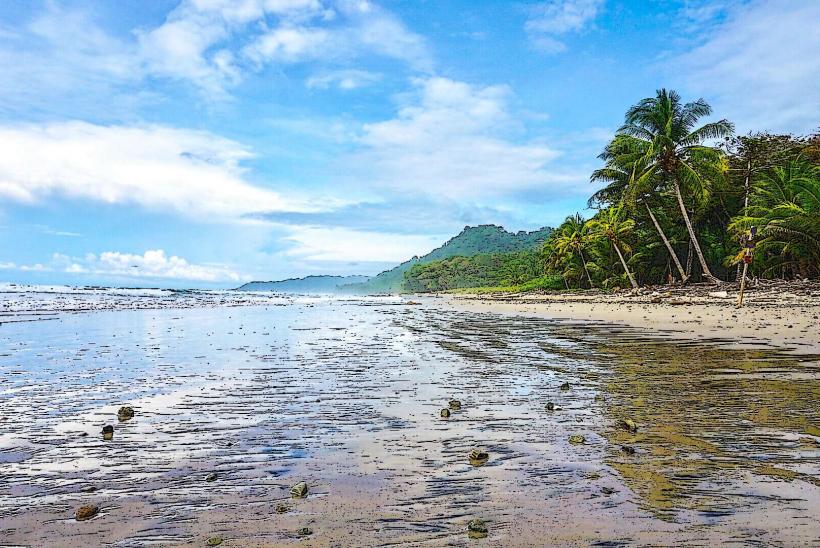Information
Landmark: Barra Honda National ParkCity: Guanacaste
Country: Costa Rica
Continent: North America
Barra Honda National Park is a protected area located in the Guanacaste Province of Costa Rica. It is well-known for its cave systems, biodiversity, and scenic landscapes. The park offers visitors a unique experience with its focus on both nature conservation and adventure tourism, including hiking, wildlife watching, and exploring caves. Here’s a detailed look at Barra Honda National Park:
Overview
- Location: Guanacaste Province, Costa Rica, near the town of Bagaces.
- Established: 1974.
- Size: The park covers 4,028 hectares (around 10,000 acres).
- Type of Park: It is a national park known for its karstic formations, caves, and diverse flora and fauna.
Key Features
- Cave Systems:
- Barra Honda National Park is most famous for its extensive limestone caves. The park contains over 42 caves, with the most famous being the Cueva de las Ventanas (Windows Cave), which features impressive stalactites and stalagmites.
- The caves are formed by the erosion of limestone rock over millions of years, creating spectacular underground passages and chambers.
- Cueva de las Ventanas is the most accessible cave for visitors, but other caves may require more advanced caving skills and are usually visited with experienced guides.
- Hiking Trails:
- The park has a variety of hiking trails that offer stunning views of the surrounding forest, mountains, and the Gulf of Nicoya in the distance.
- One of the most popular trails is the Mirador Trail, which leads to a viewpoint offering a panoramic view of the park’s surroundings, including the Rincón de la Vieja Volcano and Gulf of Nicoya.
- Moderate to challenging trails are available, catering to different levels of fitness and experience. Some of the trails lead to cave entrances, while others explore the park’s diverse ecosystems.
- Flora and Fauna:
- The park is part of the dry forest ecosystem of Guanacaste, though it also includes tropical and sub-tropical areas.
- Flora: The park is home to a variety of plants, including tropical hardwoods, palms, and several species of orchids.
- Fauna: Barra Honda is rich in wildlife, with common sightings of howler monkeys, white-faced capuchins, coatis, and various species of birds, such as trogons, parakeets, and hawks.
- The park is also home to several reptiles, including iguana species and snakes.
- Views and Landscapes:
- The park is situated within the Guanacaste mountain range, which offers stunning views of the Rincón de la Vieja Volcano and Gulf of Nicoya.
- The landscape is characterized by dry forests, rocky hills, and vast plains, providing excellent photo opportunities and scenic vistas throughout the park.
Activities
Caving:
- Exploring the caves is one of the primary activities in the park. Caves like Cueva de las Ventanas feature impressive geological formations and offer a glimpse into the underground world.
- Caving tours are led by professional guides who ensure safety and provide information about the geological history of the caves.
Hiking:
- Various trails offer visitors the chance to explore the diverse landscapes of the park. Some trails focus on the caves, while others allow hikers to enjoy the flora, fauna, and panoramic views.
- The Mirador Trail is a popular short hike with a great viewpoint.
Wildlife Watching:
- The park is ideal for nature lovers and wildlife enthusiasts. Visitors can spot a wide range of animals and birds, particularly during early mornings or late afternoons.
Picnicking and Relaxation:
- There are designated areas where visitors can enjoy a picnic amidst the natural beauty of the park.
Visitor Information
Opening Hours:
- The park is typically open from 8:00 AM to 4:00 PM, with cave tours usually taking place during daylight hours.
Admission Fee:
- The entrance fee is typically around $10 USD for foreign visitors, though it may be lower for locals and children.
Guided Tours:
- Most cave visits require a guided tour, and it is recommended to book tours in advance for a more organized experience.
- Guides can provide detailed information on the geology of the caves and the history of the park.
Facilities:
- The park has basic visitor facilities, including a small visitor center with information about the park and restrooms.
- There are no major accommodations directly within the park, so most visitors stay in nearby towns like Bagaces or Liberia.
Getting There
From Liberia:
- The park is about 45 minutes to 1 hour by car from Liberia (around 30 km).
- You can drive to the park via Route 1 (Inter-American Highway) and then follow signs toward Bagaces.
From San José:
- Barra Honda is approximately 4 hours by car from San José, following Route 1 to Liberia, and then Route 21 to Bagaces.
Public Transport:
- Public buses run from Liberia to Bagaces, from where you can take a taxi or local transport to the park entrance.
Best Time to Visit
- Dry Season (November to April): This is the best time to visit, as the weather is sunny and the trails are dry, making hiking and caving easier.
- Green Season (May to October): The rainy season brings lush greenery and fewer visitors. However, the trails may be muddy, and there is a higher chance of rain, which could affect outdoor activities.
Nearby Attractions
- Rincón de la Vieja National Park:
- A famous national park known for its volcanic activity, hot springs, waterfalls, and hiking trails. It’s about an hour's drive from Barra Honda.
- Liberia:
- The city of Liberia offers cultural attractions, shopping, and dining, along with access to nearby beaches.
- Gulf of Nicoya:
- A picturesque coastal region with beautiful beaches and islands. You can explore nearby beach towns like Playa del Coco, Playa Hermosa, and Playa Flamingo.
Conclusion
Barra Honda National Park is a gem for nature lovers and adventure seekers, offering a mix of caving, hiking, and wildlife watching in a stunning natural setting. Whether you're exploring its limestone caves, hiking to panoramic viewpoints, or simply enjoying the quiet beauty of the park, it provides a unique and unforgettable experience in Guanacaste.

